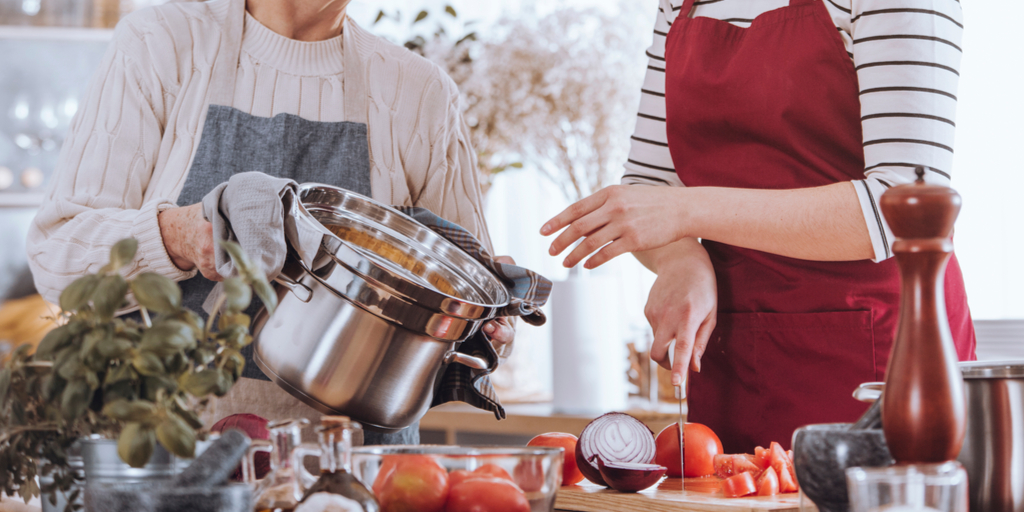Preparing a holiday meal for your family this Easter? There are many ways to save energy in the kitchen that require little extra effort.Consider these nine simple tips from Kissimmee Utility Authority to help keep your energy costs down during your celebration:
- When using an electric oven, cook as much of your meal in it at one time as possible. Foods with different cooking temperatures can often be cooked simultaneously at one temperature – variations of 25 degrees Fahrenheit in either direction still produce good results and save energy.
- Don’t open the oven door to take a peek at what’s cooking inside. Opening the oven door lowers the temperature inside by as much as 25 degrees – which increases cooking time and wastes energy. Instead, turn on the oven light to check the cooking status.
- Turn off oven/stovetops minutes before food is fully cooked. Electric ovens and stovetops retain heat even after they are turned off.
- When cooking on top of a range, match the size of the pan to the heating element. More heat will get to the pan and less will be lost to the surrounding air. A six-inch pan on an eight-inch burner will waste more than 40 percent of the energy.
- Clean stove burners and reflectors provide better heating, while saving energy. If you need new reflectors, buy quality ones. The best on the market can save as much as one-third of the energy used when cooking on top of the stove.
- Use the “lids-on” approach to cooking. Tightly fitted lids help keep heat within pots and pans, enabling you to lower the temperature settings and shorten the cooking times.
- Choose glass or ceramic pans for the oven. They allow you to set the temperature 25 degrees lower than metal pans do and will cook just as quickly.
- Use a microwave or toaster oven for those small holiday cooking tasks. A microwave uses about 50 percent less energy than a conventional oven and doesn’t heat up the kitchen. Use a slow cooker (Crock-Pot®) to cook meals, too. It can cook a whole meal for about 17 cents worth of electricity.
- Plan ahead when thawing foods. If time allows, thaw foods completely in the refrigerator before cooking. If pressed for time, it is more efficient to thaw foods in the microwave than under warm running water.


